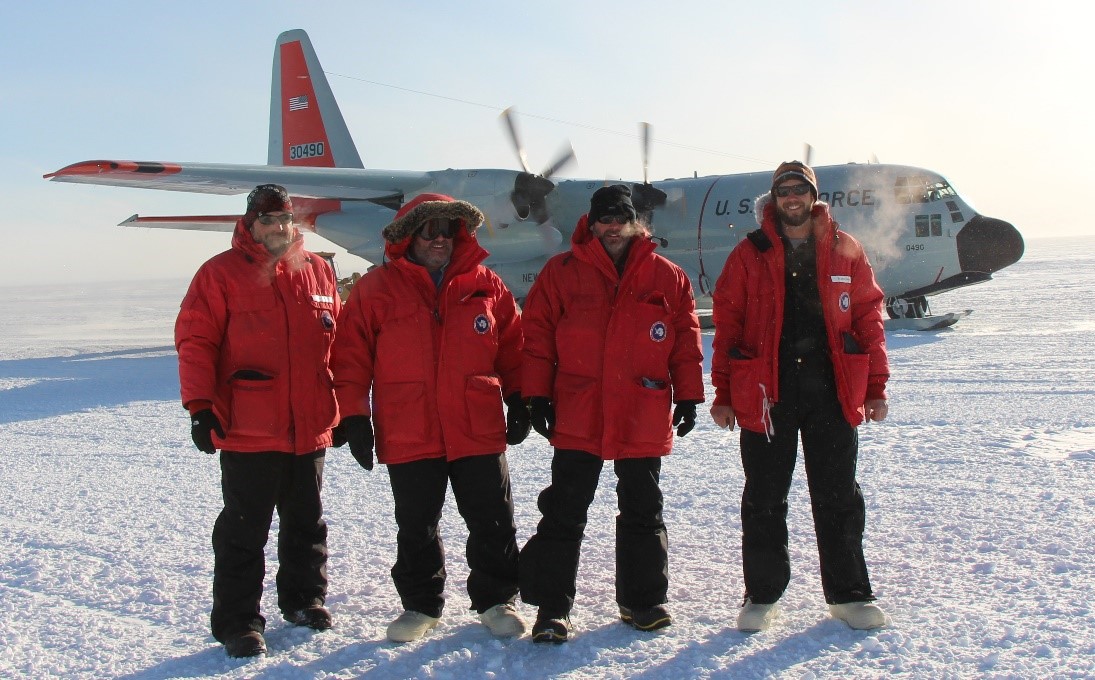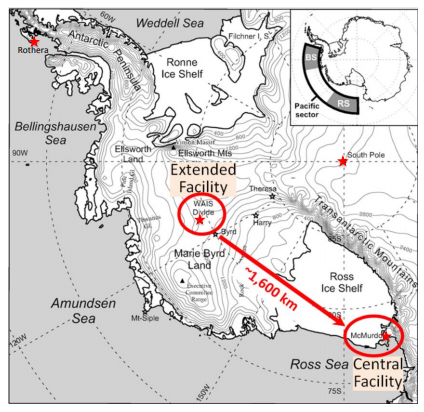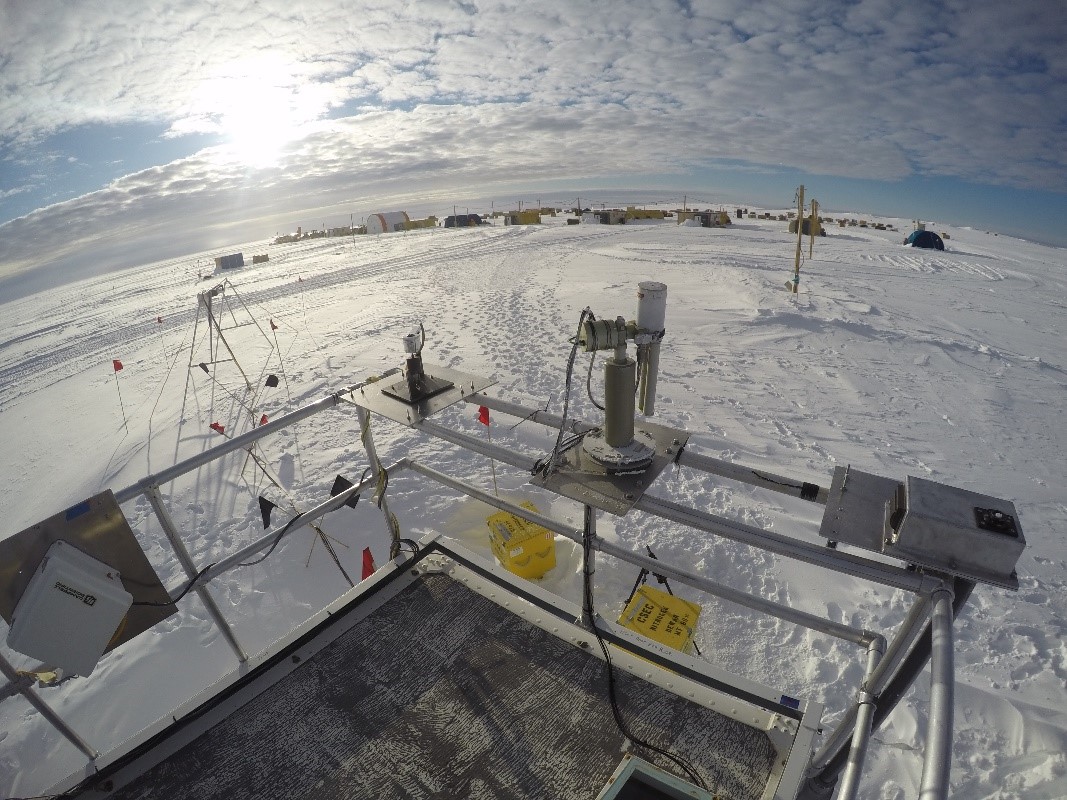New Paper Gathers Early Results From ARM West Antarctic Campaign
Published: 20 April 2020

A new article in the early online releases for the Bulletin of the American Meteorological Society (BAMS) highlights early outcomes from the historic ARM West Antarctic Radiation Experiment (AWARE). The lead author of the article is Dan Lubin, AWARE’s principal investigator from the Scripps Institution of Oceanography.
A joint field campaign between the U.S. Department of Energy (DOE) and U.S. Antarctic Program (USAP), AWARE was the most comprehensive meteorological campaign in West Antarctica since 1957. AWARE collected a full year of atmospheric and remote-sensing data that exhibit significant contrasts with arctic data in cloud physics and composition of aerosols (tiny particles in the air). These contrasts have intense value in climate model development and validation.
Remote Sensing With a Vengeance
During AWARE, ARM deployed to two locations: the USAP’s McMurdo Station on Ross Island and the West Antarctic Ice Sheet (WAIS). At McMurdo, an ARM Mobile Facility with a full suite of instrumentation ran from January 2016 through January 2017. At the remote WAIS Divide Ice Camp, a smaller equipment suite was used between late November 2015 and mid-January 2016.
WAIS Divide is a three-hour flight from McMurdo, weather permitting. The AWARE team waited three weeks for its flight window. “In Antarctica,” notes Lubin, “you have to be flexible with logistics.”
Despite the travel challenges, Lubin says the DOE and USAP engineering teams pulled together, sharing expertise to complete the mission.
The ‘Golden Opportunity’

The data gathered at McMurdo are valuable, especially when compared with nearly identical data sets from ARM’s North Slope of Alaska sites, because they are representative of vast Antarctic regions where high mountainous terrain influences meteorology and cloud physics.
At WAIS Divide, the timing of AWARE was right, creating what Lubin calls a “golden opportunity” for data. A major melt event began in a rapidly warming region that includes the huge, at-risk Thwaites Glacier. These data on surface melt and mass loss are critical to understanding the atmospheric forcing on the WAIS and, in turn, improving modeling predictions of ice loss and resultant sea level rise.
Comparing AWARE data with findings from the high Arctic, researchers saw persistent differences in liquid cloud occurrence, cloud height, and cloud thickness. The paper also concluded that Antarctic aerosol properties such as seasonal cycle and composition differ greatly from those in the Arctic because Southern Ocean storm tracks isolate the continent from lower latitudes.

Keep up with the Atmospheric Observer
Updates on ARM news, events, and opportunities delivered to your inbox
ARM User Profile
ARM welcomes users from all institutions and nations. A free ARM user account is needed to access ARM data.


















